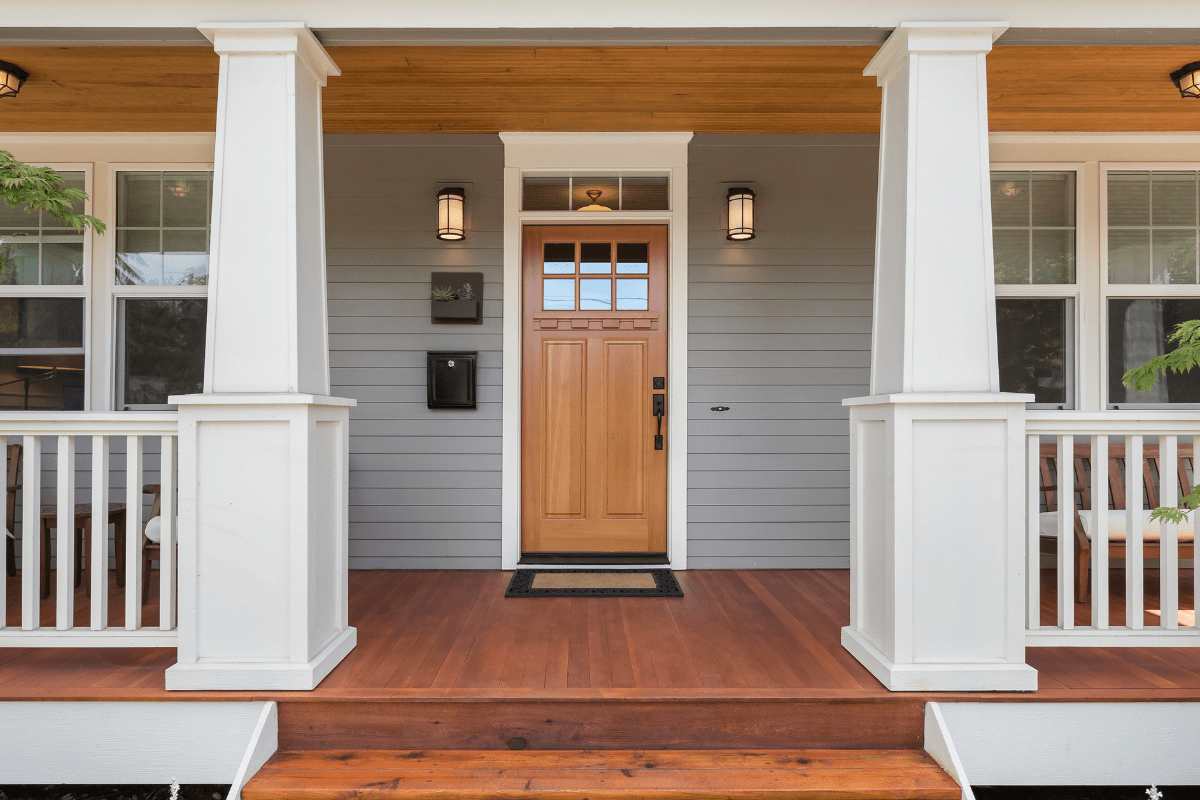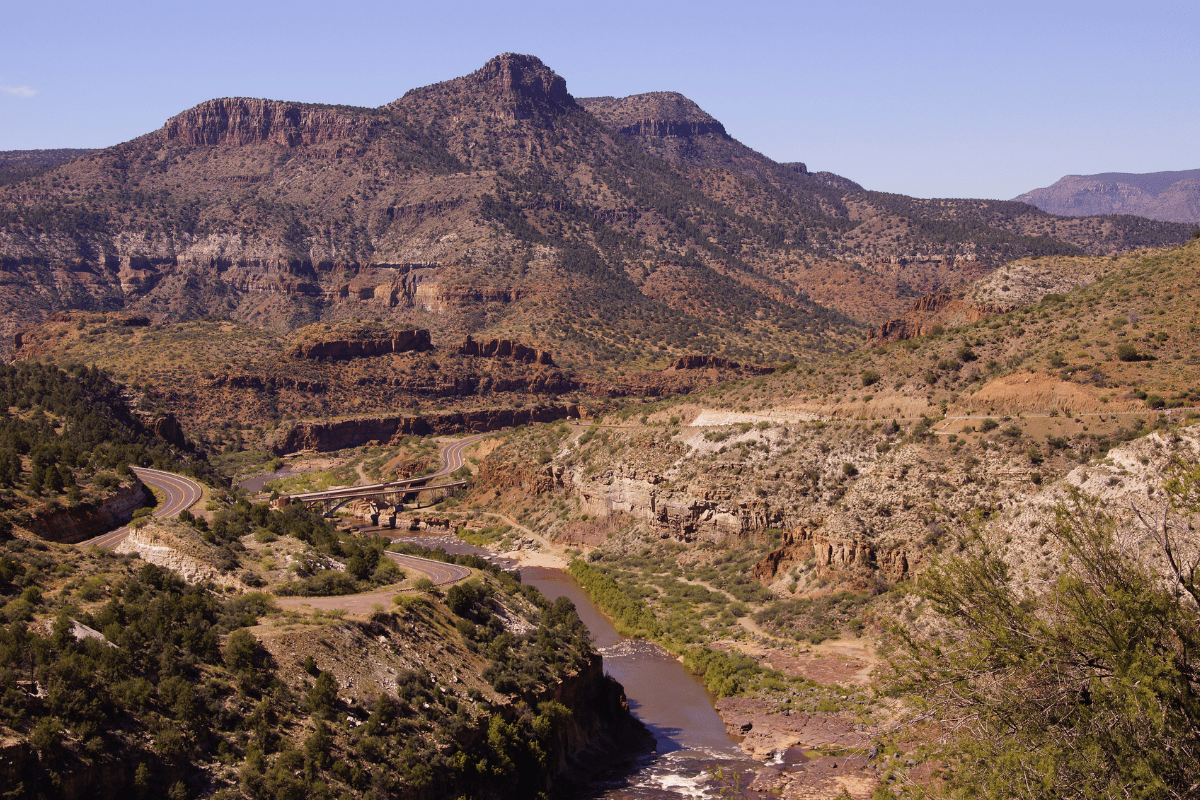Living in Arizona is like being in a long-term relationship with the sun… it's beautiful most of the time, but sometimes you need a break (and definitely some air conditioning). Between electricity rates jumping 32.6% since 2018 and monsoon season treating your roof like a personal punching bag, keeping costs down requires strategy, not just wishful thinking.
Your AC bill doesn't have to make you cry
Let's address the elephant in the room, or rather, the furnace pretending to be a state. Arizona cooling costs consume 40-50% of summer electricity bills, with some folks seeing monthly statements that rival car payments. But here's the thing: you can slash these costs without turning your home into a sauna.
The fastest win comes from installing a smart thermostat. These little wizards save up to 15% on electricity costs, and Arizona utilities practically throw money at you to get one. APS offers $30 plus instant savings up to $115, while SRP provides a $50 bill credit plus $25 annual bonuses just for participating in their programs.
Temperature settings that won't kill your wallet (or your comfort)
Here's a fun fact that'll make your wallet happy: every degree you raise your thermostat saves 2-3% on cooling. Set it to 78-80°F when you're home and 85°F when you're out. Yes, 85 sounds toasty, but your empty house doesn't care about comfort… and you'll save $30-75 monthly.
Pro tip: ceiling fans are your secret weapon. They make 79°F feel like 74°F, which means you can keep the thermostat higher without sacrificing comfort. Just remember to turn them off when you leave the room (they cool people, not spaces).
Window treatments that actually pay you back
Window shade screens might be the most underrated money-saver in Arizona. These bad boys reduce cooling costs by 25-30%, and SRP literally pays you $1 per square foot to install them. According to Magic Touch Mechanical, they offer the "fastest payback amongst all" possible energy improvements.
For a typical home, you're looking at:
- Installation cost minus rebates
- 25-30% cooling reduction immediately
- Extended AC system life
- Payback in under 2 years
Solar power: The long game that pays off big
Okay, let's talk about the investment that makes your neighbors jealous and your utility company nervous. Solar in Arizona is like buying a money printer that runs on sunshine… and we've got plenty of that.
The numbers are compelling. Arizona boasts some of the lowest installation costs in the nation at $2.05-3.01 per watt. A typical 11.5 kW system runs about $34,615 before incentives, but drops to $23,231 after credits. With average monthly savings of $149, you're looking at payback in 6-10 years and lifetime savings exceeding $65,000.
Time-sensitive incentives you can't afford to miss
Here's where it gets urgent. The federal 30% tax credit might expire December 31, 2025, which means waiting could cost you over $10,000. Stack that with Arizona's $1,000 state credit and sales tax exemptions worth about $1,938, and you're looking at total incentives exceeding $13,000.
Current net billing rates (locked for 10 years):
- APS: $0.06857 per kWh
- TEP: $0.0633 per kWh
- SRP: $0.02-0.06 seasonal
Not ready for rooftop panels? APS offers a Solar Communities program providing $600 annual bill credits with zero upfront costs. Income-qualified residents get priority enrollment, making solar accessible to more homeowners.
Water conservation in the desert (because duh)
Water in Arizona is like parking spots at Costco on Saturday… precious and worth fighting for. The average water bill runs $39.25 monthly at 7,500 gallons, but smart conservation cuts both usage and costs dramatically.
Xeriscaping transforms your yard from a water-guzzling monster into a desert oasis. Yes, professional installation costs $5-20 per square foot, but the payback is real. You'll save 75,000 gallons annually, and cities throw money at you to do it. Mesa offers rebates up to $1,000, Chandler provides up to $3,000, and EPCOR customers get $3 per square foot in bill credits.
Indoor water savings that add up fast
Low-flow fixtures are the duct tape of water conservation… cheap, effective, and everyone should have them. At $10-20 each, they reduce water use by 25-60%. Tucson sweetens the deal with rebates of $75-150 for toilets and $200 for high-efficiency washers.
Smart irrigation controllers are where technology meets common sense. These weather-responsive systems reduce outdoor water use by up to 50%, saving 11,000-15,000 gallons annually. At $169-225 with 50% rebates available, they pay for themselves while ensuring your plants get exactly what they need.
Money-saving water upgrades:
- High-efficiency toilets: 7,500 gallons saved
- Efficient washers: 7,000 gallons saved
- Smart controllers: 15,000 gallons saved
- Low-flow showerheads: 2,900 gallons saved
- Faucet aerators: 700 gallons saved
Insurance hacks that actually work
Arizona's average home insurance cost of $1,991 beats the national average, but why stop there? Smart strategies can slash your premiums without sacrificing coverage.
The credit score game is real, folks. Excellent credit (750+) averages $1,209 annually versus $9,384 for poor credit. That's an $8,175 difference for the exact same house! If your credit needs work, fixing it literally pays better than most side hustles.
Bundle strategies deliver the biggest savings punch. State Farm leads with 35% home insurance discounts plus 17% auto discounts, saving $441-847 annually. Security systems trigger 5-20% discounts ($100-400 yearly), while impact-resistant roofing saves another 10-20%.
Flood insurance in the desert? Sometimes, yes
Before you laugh, remember that monsoons don't mess around. Flood insurance averages $765 annually, and Maricopa County's Community Rating System participation provides up to 30% discounts. Private insurers often beat NFIP rates by 20-30%, so shopping around pays off.
Property tax strategies most people miss
With Arizona's property tax rate at 0.45% (fourth-lowest nationally), you might think there's no room for improvement. Think again.
The Senior Valuation Protection Option is golden for qualifying homeowners 65+. It freezes your property value for tax purposes, saving $500-2,000+ annually in appreciating markets. Income limits are $46,416 for singles and $58,020 for couples, making many retirees eligible.
Don't overlook other exemptions either. The widow/widower/disabled exemption provides up to $4,748 in assessed value reduction for households earning under $38,843. Veterans receive exemptions based on disability percentage… a 60% disability translates to $2,848 in savings.
Property tax appeals: Your secret weapon
County assessor appeals succeed 25-30% of the time with average reductions of 5-15%. Moving to the County Board of Equalization with professional representation bumps success rates to 40-50% with 8-20% reductions. One shopping center received a $55,000+ refund, proving that fighting your assessment can seriously pay off.
Surviving monsoon season without going broke
Monsoon prep is like dental care… ignore it and you'll pay way more later. The average monsoon damage claim runs $5,000-15,000, but prevention costs a fraction.
Your April-May checklist should include roof inspections ($200-500), gutter cleaning ($150-300 DIY or $200-450 professional), and tree trimming ($300-800 per tree). Add emergency supplies for $150-300, and you're fully prepared for under $2,000… way better than a five-figure insurance claim.
HVAC maintenance becomes critical when temperatures hit 110°F+. Professional maintenance plans average $249-279 annually but include bi-annual tune-ups, priority service, and 25% repair discounts. During peak summer, monthly filter changes ($60-100) are non-negotiable for system reliability.
Utility assistance programs: Free money on the table
If you're struggling with bills, Arizona offers substantial help that many people don't know about.
LIHEAP provides up to $640 annually in regular benefits plus $500 for energy emergencies. The Weatherization Assistance Program goes even further, offering up to $9,000 in free home improvements for households at 200% of poverty guidelines. Since 1977, this program has helped over 26,000 Arizona households.
First-time homebuyer programs that actually help
HOME+Plus offers 4% down payment assistance statewide as an interest-free second mortgage that's forgiven after three years. With income limits up to $146,503 and an extra 1% for military members, it's more accessible than most people think. Local programs can be even more generous… Tucson provides up to 20% of the contract sale price based on affordability.
Your personalized action plan
Ready to start saving? Here's your priority list:
Immediate actions (this weekend):
- Install smart thermostat ($50-200)
- Adjust temperature settings (free)
- Order low-flow fixtures ($10-20 each)
- Check utility rebate eligibility (free)
30-day projects:
- Get insurance quotes for bundling
- Schedule AC maintenance
- Install window treatments
- Apply for assistance programs
90-day goals:
- Get solar quotes (if considering)
- Research property tax exemptions
- Plan xeriscaping project
- Complete monsoon prep
The bottom line? Arizona homeowners implementing these strategies save $4,050-12,300+ annually. That's real money back in your pocket, year after year. Sure, the desert throws unique challenges our way, but with the right approach, you'll be laughing all the way to the bank… probably in your perfectly climate-controlled car, because walking anywhere in July is just asking for trouble.
Remember, you don't have to do everything at once. Start with the quick wins, build momentum, and tackle bigger projects as your budget allows. Your future self (and bank account) will thank you when those summer utility bills arrive looking more like a restaurant tab than a mortgage payment.





